AI Agent vs. Agentic AI: Understanding the Differences


Businesses today rely heavily on artificial intelligence to automate tasks, enhance productivity, and make better decisions. Central to this shift are AI agents and the emerging category of agentic AI, two concepts often mistakenly used interchangeably but significantly distinct in their capabilities, complexity, and autonomy.
Understanding the difference between AI agents and agentic AI helps businesses choose the right tools, keep costs under control, and clearly explain their decisions internally.
This blog clearly explains the differences between AI agents and agentic AI. It will also provide best practices for using them effectively and highlight future trends in their development. Let’s begin by looking closely at each concept.

An AI agent is a software program that automates a specific, well-defined task by repeatedly cycling through three steps:
Such agents operate reliably within a narrow scope. They always produce the same output for the same input, and any change in their behaviour requires human intervention, either by adding new rules or retraining their underlying model.

The New Wave of Autonomous Systems, Agentic AI, refers to advanced systems that pursue complex, multi-step objectives with minimal guidance. These systems combine:
Agentic AI systems initiate and adjust actions on their own, handle open-ended goals across changing environments, and collaborate with other agents or humans when needed. They function as self-driven problem solvers rather than simple rule executors.
| Aspect | AI Agents | Agentic AI |
|---|---|---|
| Primary Role | Reliable specialists – execute tasks with precision within defined boundaries | Adaptive orchestrators – manage complex goals with multi-step reasoning |
| Task Focus | Single-task focused – designed to do one thing exceptionally well | Goal-oriented behavior – focus on achieving outcomes through strategic planning |
| Workflow Approach | Linear workflows – follow predetermined steps like a GPS route | Complex goal decomposition – break down objectives into measurable sub-goals |
| Memory Type | Session-limited memory – operate like browsers in incognito mode | Persistent memory – learn preferences and build context over time |
| Learning Capability | Start fresh each time without learning from past interactions | Understand work patterns, remember preferences, and improve performance |
| Tool Selection | Predefined tools – work with a fixed set of capabilities | Dynamic tool selection – choose appropriate capabilities for each situation |
| Adaptability | Maintain consistent behavior regardless of changing circumstances | Adapt workflows in real-time based on new information and obstacles |
| Planning Approach | Linear execution – Step A, then Step B, then Step C | Anticipate obstacles, develop contingency plans, identify multiple pathways |
| Collaboration | Operate in isolation – don’t communicate or coordinate efforts | Orchestrate collaboration between specialized components |
| Self-Reflection | Execute tasks without evaluating performance or improving approach | Continuously analyze outcomes and optimize strategies |
| Context Awareness | Limited contextual adaptation within predefined parameters | Deep context awareness – adjust based on priorities and circumstances |
To ensure you achieve the best outcomes from AI Agents and Agentic AI, follow these practical best practices:
Applying these best practices helps ensure successful integration and effective outcomes from both AI agents and agentic AI, maximising benefits while minimising risks.
Understanding emerging trends helps businesses stay ahead and fully leverage AI capabilities. Here are the most significant future trends shaping AI agents and agentic AI:
AI Agents and Agentic AI is increasingly becoming integral to enterprise and medium-sized business strategy, expanding beyond technology sectors into finance, healthcare, retail, and manufacturing. Businesses will use these technologies for deeper automation and strategic decision-making.
We are entering an era where autonomous digital agents manage tasks like purchasing, scheduling, and content filtering without constant human input. This shift will redefine online interactions, creating more personalised and efficient experiences.
The adoption of Model Context Protocol (MCP) as a universal standard will streamline how AI agents interact with tools and data sources. Standardisation will accelerate deployment, promote interoperability, and simplify agent integration across platforms.
The next big step in AI will be vertically specialised agents—AI tools built for specific industries. These agents will become more powerful and capable over time, expanding both in what they can do and how broadly they can apply their skills.
AI agents will increasingly incorporate advanced reasoning and real-time decision-making abilities, allowing them to interpret complex data scenarios, adapt quickly, and execute informed decisions autonomously.
We are already beginning to see the emergence of advanced ecosystems of interconnected AI agents capable of collaborating autonomously. These multi-agent systems are orchestrating complex tasks across various business functions, enhancing operational efficiency and coherence, and their capabilities will only continue to grow.
With rising autonomy, there will be a stronger emphasis on robust governance frameworks covering ethics, transparency, accountability, and security. Organisations will adopt formal standards and guidelines to mitigate risks associated with AI-driven decisions.
We strongly believe that, in the longer term, quantum computing will significantly enhance the capabilities of AI agents and agentic AI. With quantum-augmented capabilities, these agents could tackle complex optimisation and reasoning tasks at speeds that were previously unimaginable.
Choosing between AI agents and agentic AI depends greatly on your specific business needs and objectives. AI agents are ideal for repetitive tasks requiring consistency, while agentic AI is better suited for dynamic, complex tasks that need adaptability.
By clearly understanding these differences and adopting best practices, businesses can make informed decisions, manage resources wisely, and position themselves for future success. Staying aware of emerging trends ensures that businesses can continue using AI effectively to remain competitive and responsive to changing market conditions.
Choose the AI that fits your goals and see practical results in your business.
No credit card required • 7 days access
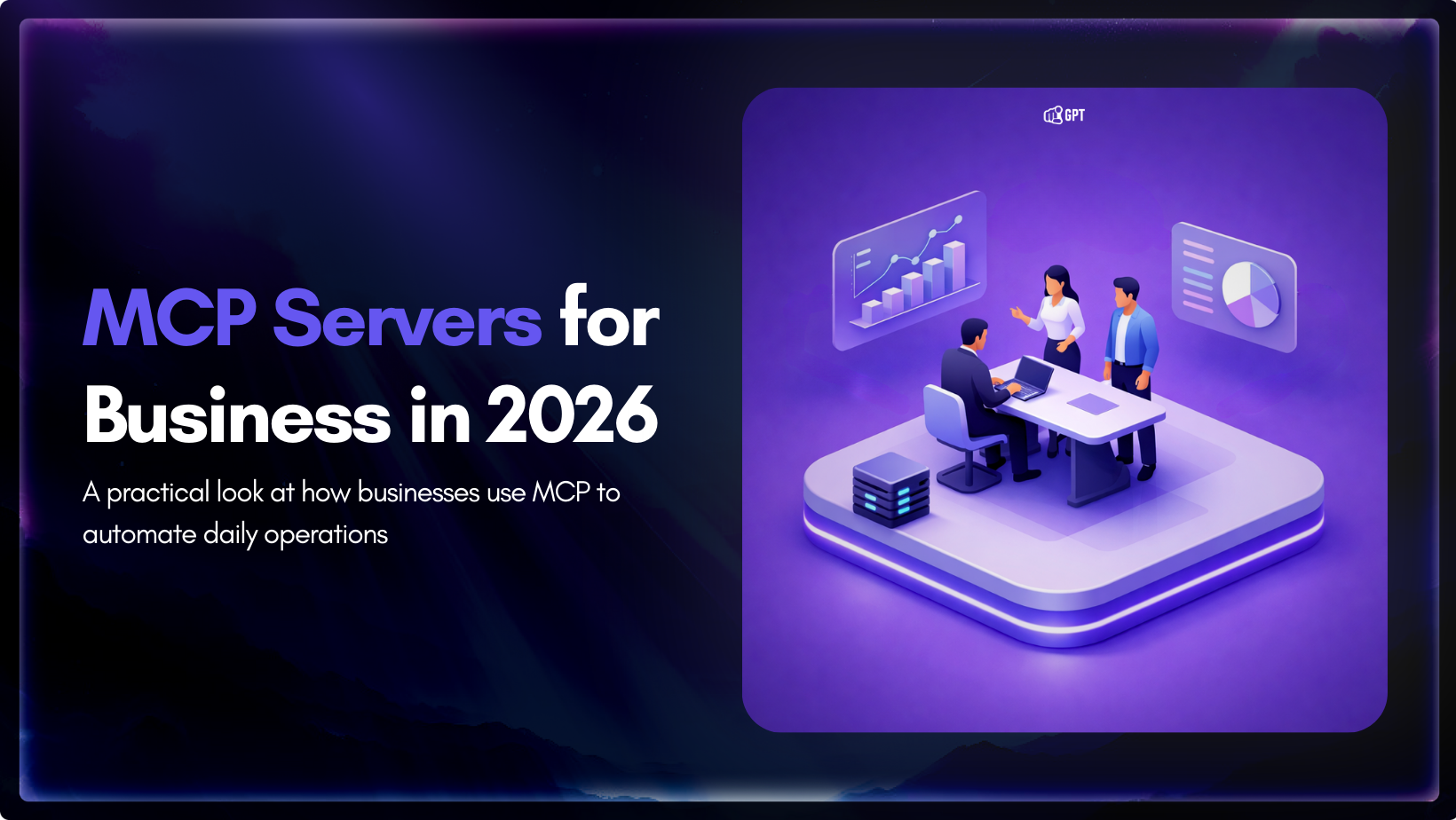
Growth-focused teams move faster when their tools work together instead of competing for attention. Modern development depends on multiple systems to ship code, review changes, monitor services, and access data. Each system serves a purpose, but routine work often means moving between dashboards, scripts, and internal tools. These small transitions shape how consistently a team […]

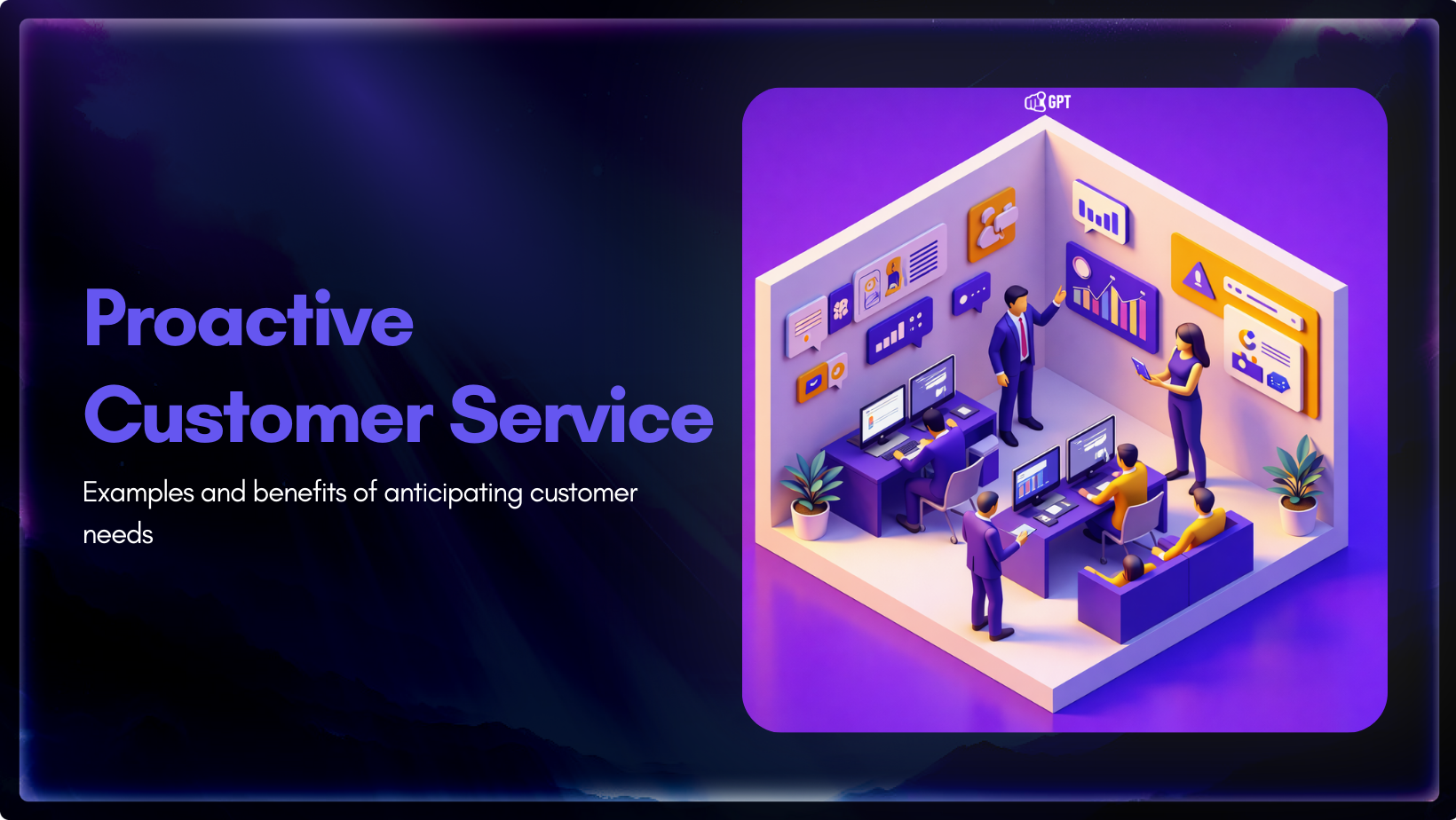
Most customer service moments begin long before a ticket is created. Something feels off. A payment does not go through. A delivery update stops moving. A user gets stuck at the same step and tries again. Customers usually pause, check, retry, and wait before they decide to ask for help. Proactive customer service works inside […]

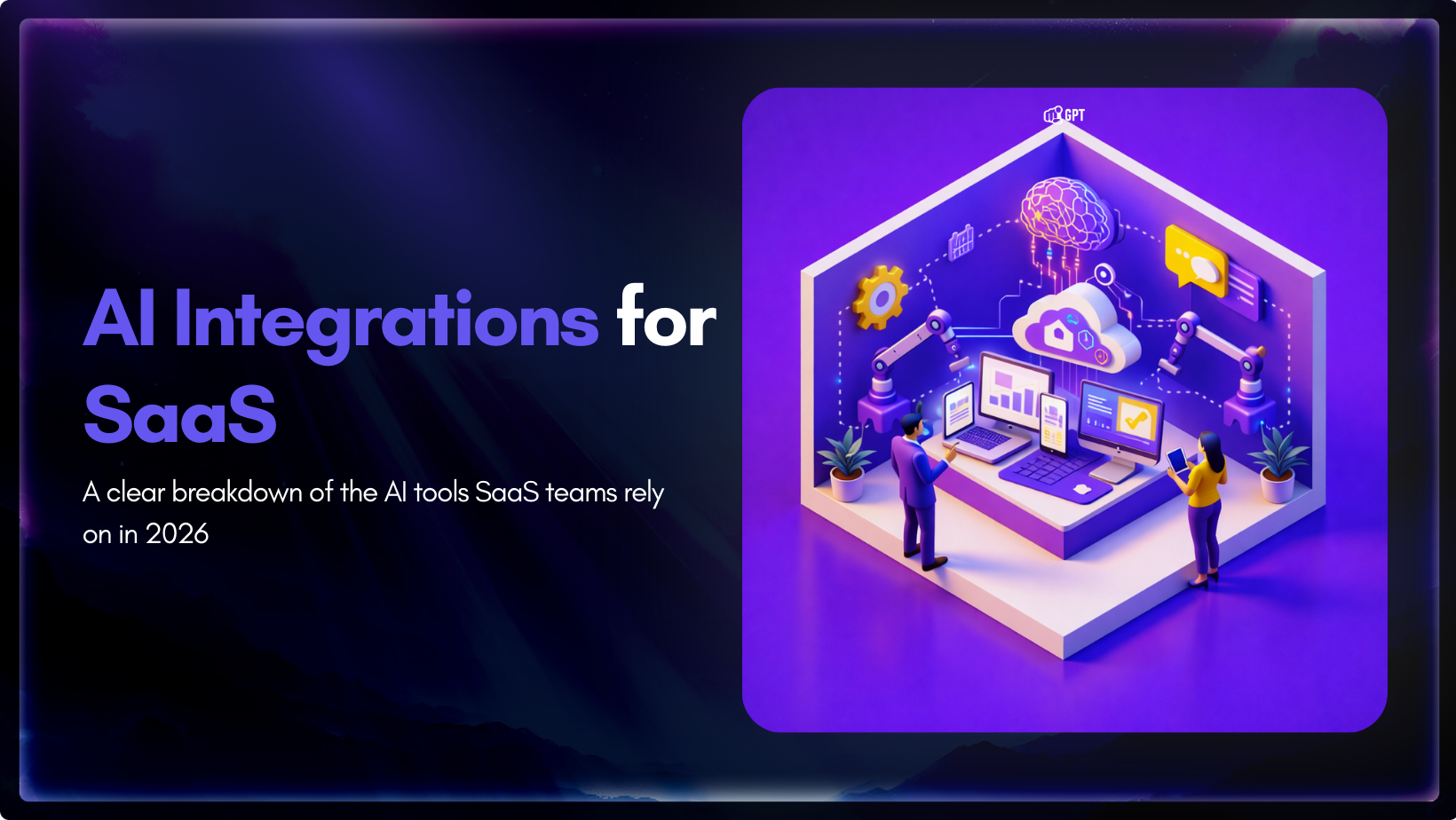
AI has become a core part of how modern SaaS products are built and delivered. In 2026, customers expect intelligent assistance to be available throughout their journey, from onboarding and everyday product usage to support and account management. Inside SaaS teams, AI is increasingly used to speed up workflows, reduce repetitive tasks, and improve how […]


Shopify stores often use a chatbot on their website to handle product questions, order updates, and support. But customers also message on WhatsApp expecting the same quick answers. Most of them already use WhatsApp throughout the day, so reaching out there feels natural. A chatbot that works across both channels responds in seconds, guides purchase […]

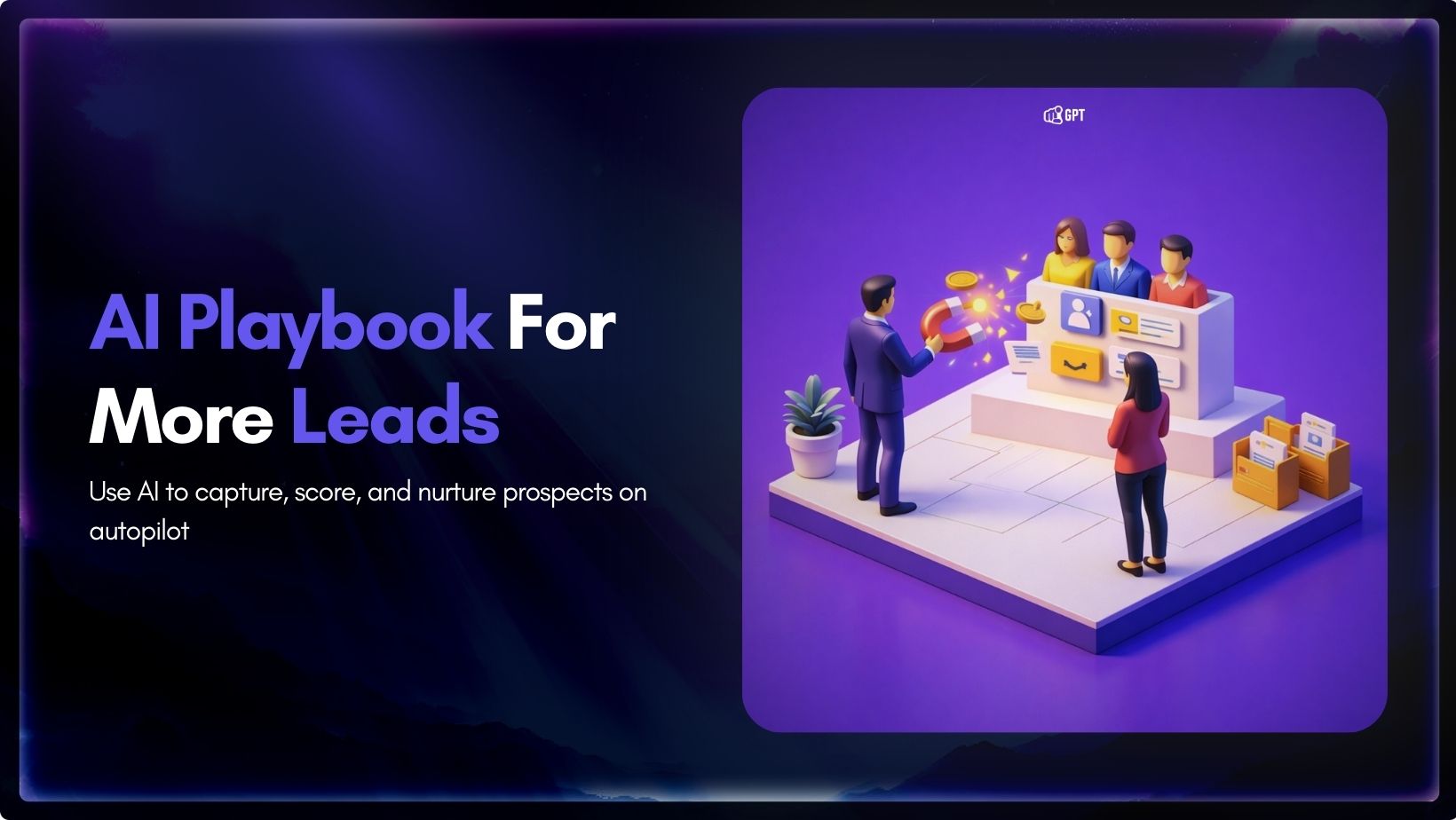
Most businesses do not struggle to generate leads. They struggle to know which ones are worth acting on. Forms get filled, DMs arrive, emails are opened, and chats happen across multiple tools. Some prospects convert. Most do not. The real problem is that there is no reliable way to tell, early enough, which signals actually […]

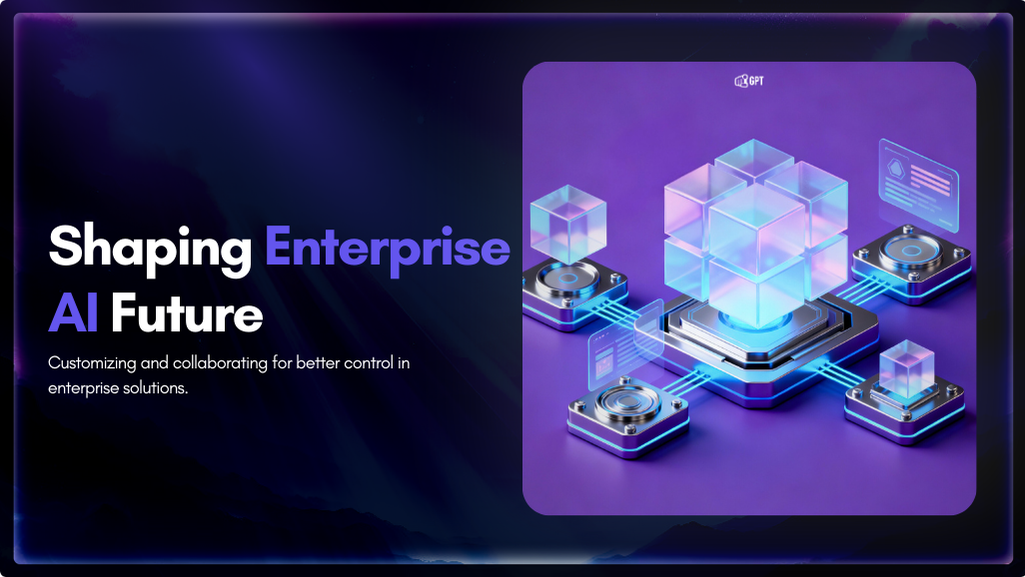
Artificial Intelligence has advanced quickly over the past five years, moving from an experiment to a standard component of modern business. AI has become a central part of enterprise strategy. 88% of organizations are now using AI. This figure has increased from 78% the year before. This transformation is reshaping how companies run, communicate, and […]
